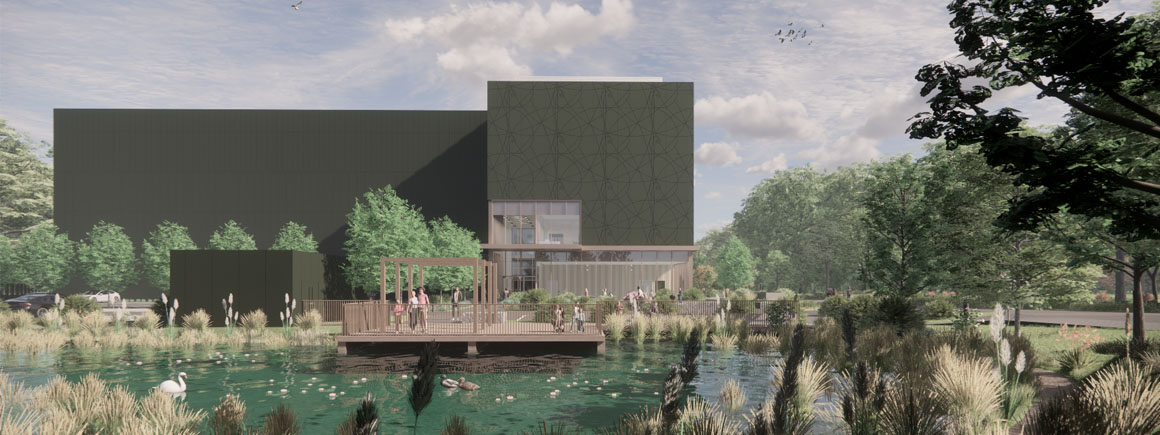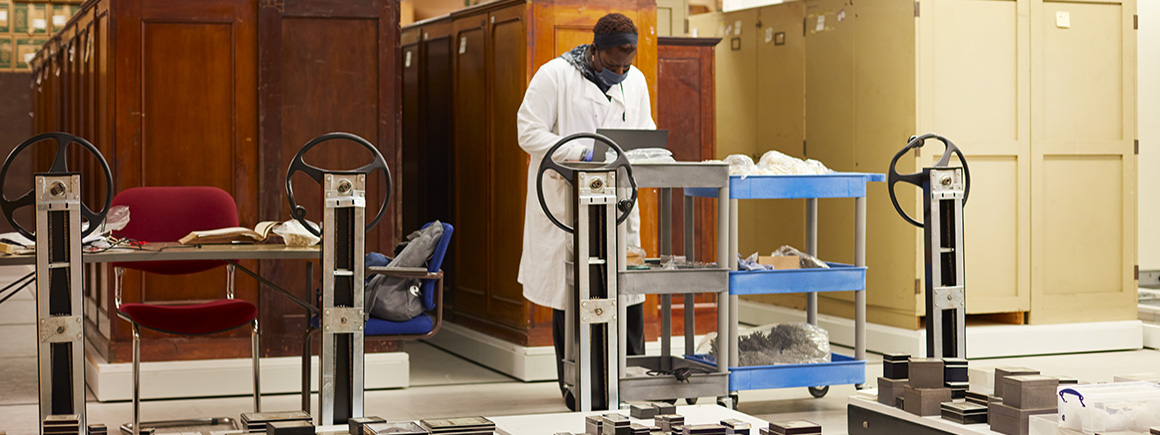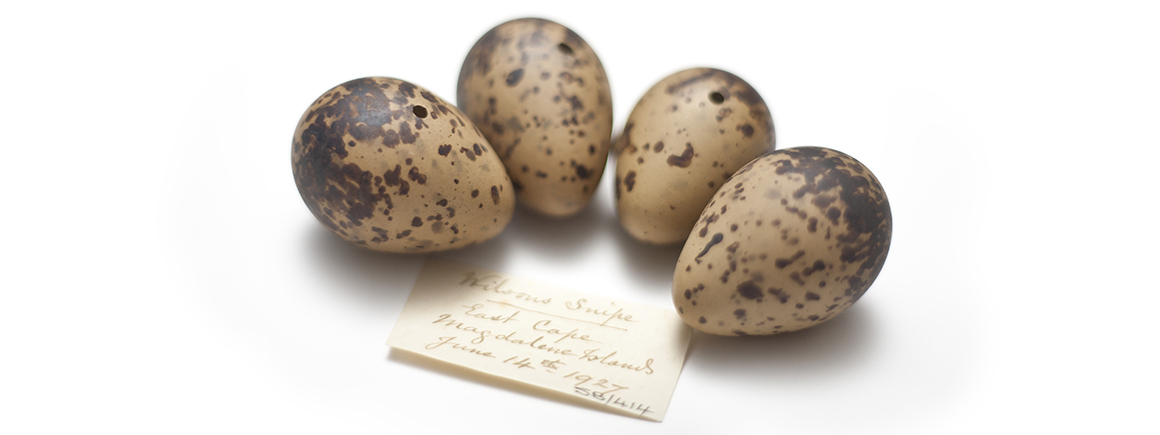Specimens
5,000,000

Naticopsis sp., an extinct genus of gastropod from the Late Carboniferous
5,000,000
20,000
The Museum's collection of fossil molluscs is among the world’s most systematically, stratigraphically and geographically comprehensive. It includes more than 20,000 type and figured specimens.
The fossil records show molluscs have been systematically diverse and common throughout much of their 530 million year history. Many groups are also excellent indicators of past environmental conditions.
The mollusc collection is one of the largest in the Museum, with more than five million specimens.
Our collection contains specimens belonging to the seven shell-bearing molluscan classes from across their entire geological range.
The collections also include:
The fossil mollusc collection comprises three major groups of material:
Benthic molluscs, comprising the classes:
Cephalopoda, a class comprising the subclasses:
Minor groups, consisting of the:
Most of these groups are arranged systematically using traditional or current classifications. The Bivalvia, Cephalopoda and Minor groups are arranged according to the Treatise on Invertebrate Paleontology.
In addition to the systematically arranged material we have the following collections:
The mollusca collection is being digitised
If you would like to use any specimens for research
The collection has a worldwide scope including Antarctica and oceanic islands.
In addition to extensive British holdings, Western European countries and former British colonies are particularly well represented.

Access to some collections will be affected as we prepare for the move to our new collections, science and digitisation centre.

Scientists and collections management specialists can visit the collections and borrow specimens for research.

Our duty is to provide a safe and secure environment for all of our collections.